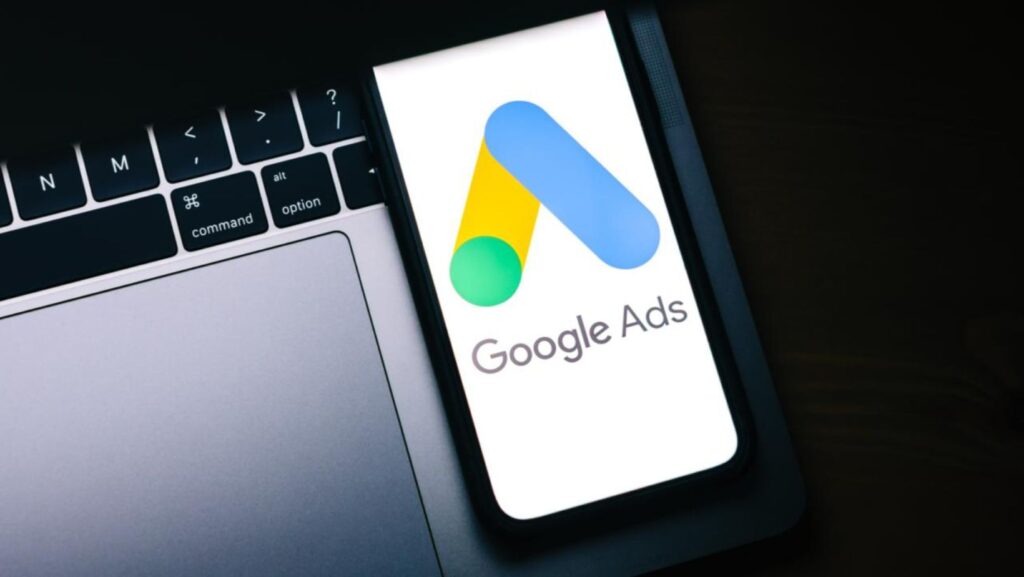
Are you looking for ways to grow for your business through digital advertising? Google Ads and paid advertising are the tools you can use. These platforms can offer targeted, cost-effective solutions to reach your potential customers searching for your products or services.
This Springhill Marketing guide will help you with the Google Ads setup process.You will also learn about practical strategies to use to overcome common challenges.
What Are Google Ads and Paid Advertising?
Google Ads is an online advertising channel, where you bid to display brief advertisements, service offerings, product listings, or videos to web users. It operates under a pay-per-click (PPC) model. This means you only pay when someone clicks on your ad. Paid advertising includes any form of online advertisement where you pay to feature your products or services. This can include social media ads and display ads across various networks.
Google Ads and paid advertising also allows you to place your brand in front of the right audience at the right time. Furthermore, it increases traffic and attracts leads who are more likely to turn into paying customers.
Why Use Google Ads to Promote Your Business?
Visibility and Reach
Google Ads puts your business at the top of search results, giving you instant visibility. With millions of searches happening daily, this can expand your reach.
Advanced Targeting Options
Google Ads allows you to target:
- Specific demographics
- Locations
- Devices
- Time and day your ads are shown
These options can ensure your ads reach the most relevant audience.
Cost-Effective Marketing
You control your budget with Google Ads. Under the pay-per-click (PPC) model, you only pay for results. This makes it a cost-effective option for small businesses.
Measurable Results
Google Ads provides detailed analytics and reporting tools. This makes it easier for you to track your return on investment (ROI).
You can see how your ads are performing and adjust your strategy accordingly.
How to Set Up Your Google Ads Campaign
Keyword Research
You need to identify the keywords your potential customers are using Google Keyword Planner and other similar tools. They can help you find these high-traffic keywords. Remember, the success of your campaign often depends on selecting the right keywords. They determine when and where your ads will appear.
Create Your Ad Copy
Your ad copy must be compelling and concise. It should clearly communicate your value proposition and include a strong call to action (CTA). Ensure your headlines are attention-grabbing, and your descriptions resolves the pain points of your target customers.
Bidding Strategies
Google Ads offers various bidding strategies depending on your goals, such as maximizing:
- Clicks
- Conversions
- Impressions
Choose a strategy that meets your business objectives. For example, if you’re looking to drive more traffic to your website, choose a strategy focused on maximizing clicks.
Set Up Your Campaigns and Ad Groups
Organize your campaigns around specific themes or products, and create ad groups for related keywords. This structure can help you allocate your budget and track your performance. This also ensures your ads are more relevant to search queries.
Optimize Your Google Ads Performance
A/B Testing
You should test different versions of your ads to find out what resonates best with your audience.
Experiment with different headlines, descriptions, and CTAs. Make use of the insights gained from A/B testing to improve your ads and their performance.
Monitoring and Analytics
Regularly review your Google Ads performance using the platform’s analytics tools. Check your key metrics such as click-through rate (CTR), conversion rate, and cost per conversion. Monitor these metrics to learn what’s working and where adjustments are needed.
Ad Extensions
Ad extensions give additional information to your ads. This includes, phone numbers, location, or additional links to your website. They can also improve your ad’s visibility and click-through rate by making your ads more informative and engaging.
Learn About Other Paid Advertising Platforms
Facebook Ads
Facebook Ads helps you reach a vast audience with highly targeted campaigns. With its extensive demographic data, Facebook lets you target users based on interests, behaviors, and more, making it a useful complement to your Google Ads strategy.
LinkedIn Ads
LinkedIn Ads is invaluable for B2B marketing. It allows you to reach out professionals based on:
- Job title
- Industry
- Company size
LinkedIn ads also make it easier to reach decision-makers in your niche.
Programmatic Advertising
Programmatic advertising automates your ad space purchases. It uses AI to target audiences more precisely. You can use it to reach your audience across multiple channels – display, video, and mobile.
Conclusion
Using Google Ads and paid advertising to spur your business growth is a strategic investment. Nevertheless, it requires careful planning, execution, and ongoing optimization. While the process can be complex, the rewards—greater visibility, targeted reach, and measurable results are worth the effort.
By following this guide, you can overcome common challenges such as budget management, campaign setup, and competition. Remember, the key to success is continuous learning and adaptation, so don’t hesitate to experiment and refine your approach.




